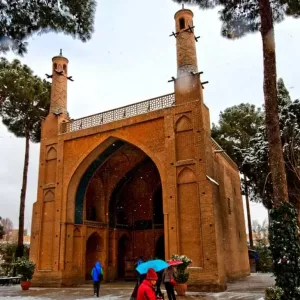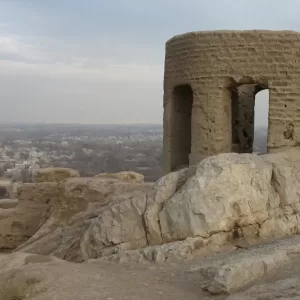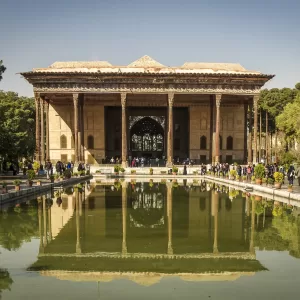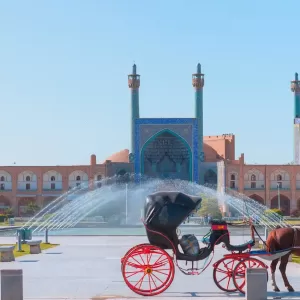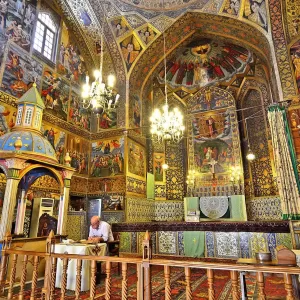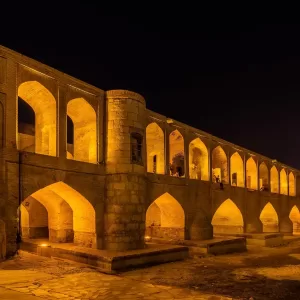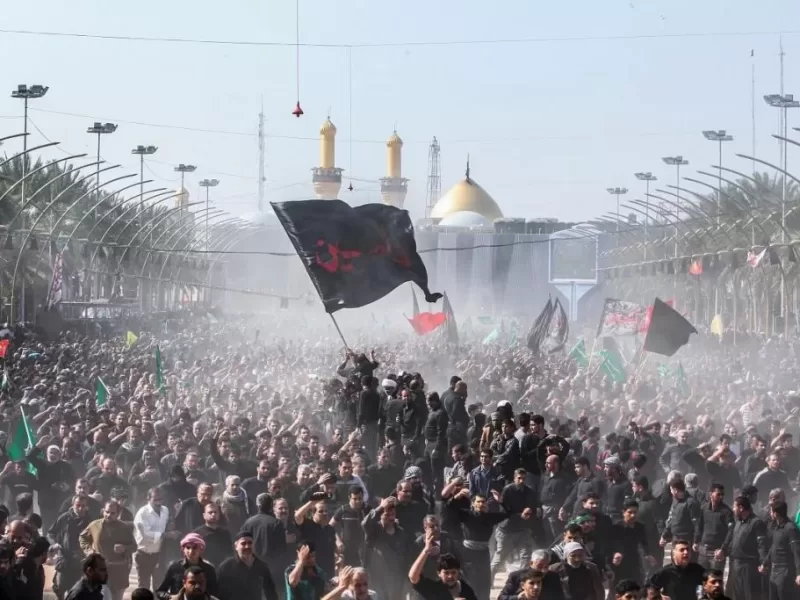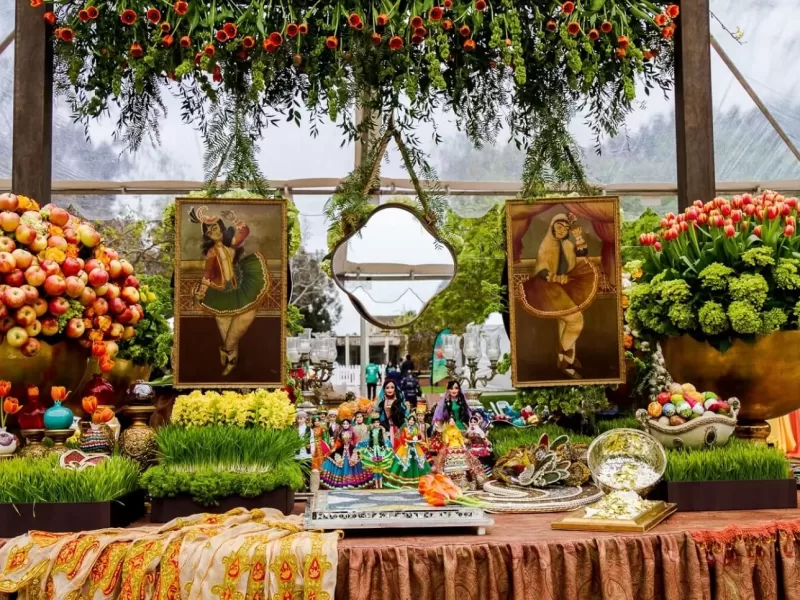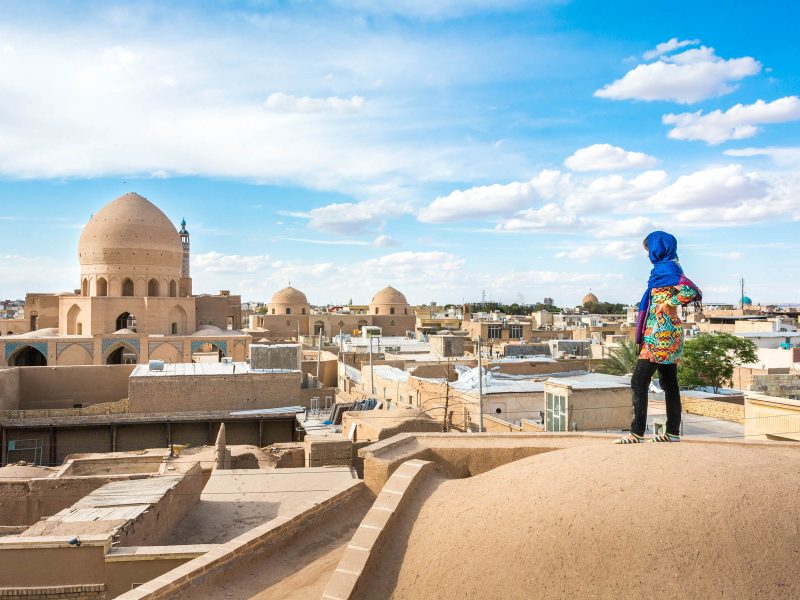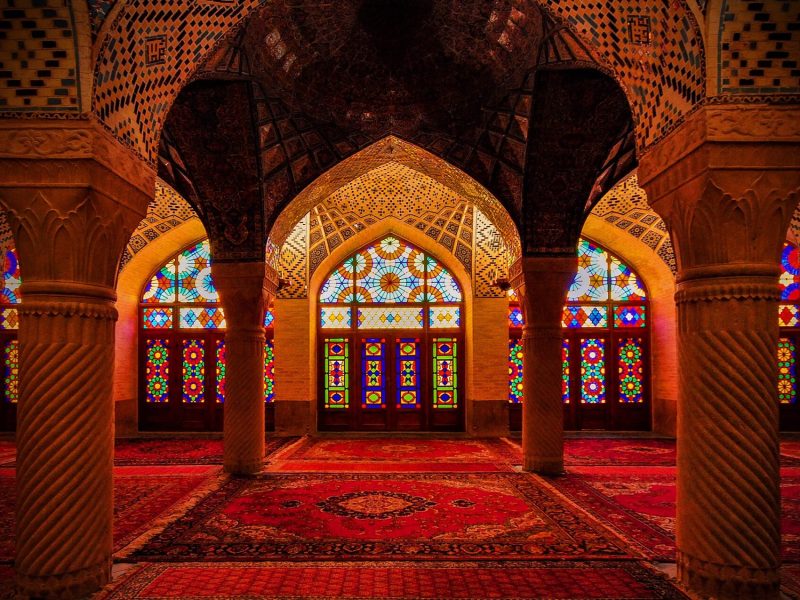Hasht Behesht Palace: A Marvel of Architecture in Isfahan
Hasht Behesht Palace, located in Isfahan, Iran, is a magnificent historical monument that showcases the beauty and grandeur of traditional Persian architecture. The palace, which was built during the Safavid era, is known for its intricate designs and elegant details that have stood the test of time. This post will take you on a journey through the history and unique features of Hasht Behesht Palace.
Brief Facts
- Hasht Behesht Palace is located in Isfahan, Iran.
- The palace was built in the 17th century.
- Hasht Behesht means “Eight Paradises” in Persian.
- The palace is famous for its stunning architecture and design.
- The palace has eight grand halls, each with its own unique features.
- The palace was used as a royal residence by the Safavid dynasty.
- Today, the palace is a popular tourist attraction in Isfahan.
History
Hasht Behesht Palace was built during the reign of Shah Sulaiman I in the 17th century. The palace was used as a residence for the royal family and as a place to entertain guests. Over the years, the palace has undergone several renovations and has managed to retain its original splendor. Today, the palace is considered one of the most important historical sites in Iran and is visited by tourists from all over the world.
Architecture
Hasht Behesht Palace is a marvel of architecture and design. The palace was built in the 17th century and features eight grand halls, each with its own unique design and features. The palace is characterized by its intricate tile work, intricate wooden carvings, and stunning chandeliers. The palace also features beautiful gardens, fountains, and pavilions that provide a peaceful escape from the hustle and bustle of the city.
Unique Features
One of the most striking features of Hasht Behesht Palace is its symmetrical design, which is a hallmark of traditional Persian architecture. The palace is surrounded by eight columns, each of which is adorned with intricate carvings and beautiful details. The interior of the palace is just as stunning, with ornate chandeliers, intricate designs, and intricate tile work.
Domes and Minarets
Another unique feature of Hasht Behesht Palace is its impressive domes and minarets. The domes of the palace are shaped like a half-sphere and are made of brick and plaster. The minarets are tall and slender, providing a stunning contrast to the bulk of the palace. These structures are not only aesthetically pleasing but also serve as a symbol of the power and wealth of the Safavid dynasty.
Best Time to Visit
The best time to visit Hasht Behesht Palace is during spring and autumn, when the weather is mild and the gardens are in full bloom. The palace is open to visitors every day except for certain holidays. It is recommended to plan your visit in advance and arrive early to avoid crowds.
Conclusion
In conclusion, Hasht Behesht Palace is a magnificent example of Persian architecture and is a must-visit destination for anyone visiting Isfahan. The palace’s stunning gardens, intricate details, and rich history make it one of the most captivating attractions in the city. So whether you are a local resident or a tourist from abroad, be sure to add Hasht Behesht Palace to your list of must-visit destinations in Isfahan.
FAQs
- When was Hasht Behesht Palace built?
Hasht Behesht Palace was built in the 17th century during the reign of Shah Sulaiman I. - What is the significance of Hasht Behesht Palace?
Hasht Behesht Palace is significant because it is a well-preserved example of traditional Persian architecture and provides insight into the life of the Safavid dynasty. - How was Hasht Behesht Palace used in the past?
In the past, Hasht Behesht Palace was used as a residence for the royal family and as a place to entertain guests. - What are the unique features of Hasht Behesht Palace?
The unique features of Hasht Behesht Palace include its symmetrical design, intricate carvings, and impressive domes and minarets. - How has Hasht Behesht Palace been preserved over the years?
Hasht Behesht Palace has undergone several renovations over the years, which have helped to preserve its original splendor. - What is the significance of the domes and minarets of Hasht Behesht Palace?
The domes and minarets of Hasht Behesht Palace are a symbol of the power and wealth of the Safavid dynasty and provide a stunning contrast to the bulk of the palace. - Who designed Hasht Behesht Palace?
The exact designer of Hasht Behesht Palace is unknown, but it was built during the reign of Shah Sulaiman I.

